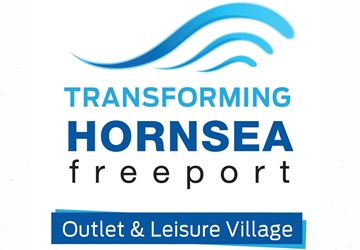As the warmer months draw more people to rivers, lakes and coastline, Humberside Fire and Rescue Service, in partnership with East Riding of Yorkshire Council, is urging everyone to stay vigilant around open water.
The Humber region’s waterways also pose real risks, particularly from cold water shock, hidden currents and sudden slips near the edge.
Last year a number of throwlines, specialist lifesaving equipment designed to help people in trouble in the water, were installed at multiple high-risk locations across the East Riding, including:
- Beverley Beck
- High Eske
- Tickton Bridge
- Sugar Mill Ponds in Rawcliffe
- North Frodingham
- Goole Marina
Each site includes clear instructions on how to use the throwline in an emergency, making sure that bystanders can act quickly and confidently if someone is in difficulty.
There are also 50 lifebelts located at points along the coast and Humber Estuary, from Thornwick Bay to Brough Haven, put in place by the council, to be used in emergencies.
Sarah Wilkinson, head of prevention at Humberside Fire and Rescue Service, said:
“Our water safety campaign is all about equipping people with the knowledge they need to enjoy the water safely.
“Tragically, in recent years, young lives have been lost at local waterways, despite the heroic efforts of our firefighters and emergency service teams.
“Thanks to the continued support of East Riding of Yorkshire Council, the Office of Police Crime Commissioner and local landowners, the installation of throwlines has strengthened the safety infrastructure across the region.
“However, it’s important to stress that their presence does not make these areas safe for swimming.
“We urge everyone to be aware of the dangers and to take simple but essential precautions when near water.
“The throwlines are there for emergencies only and they could help save a life.”
How to stay safe near water
- Always obey warning and safety signs
- Let someone know where you’re going if heading out alone and when you are coming back
- Stick to proper pathways and look out for slip or trip hazards
- Keep clear of unstable riverbanks and cliff edges
- Never swim alone in case you get into difficulty
- Don’t dive or jumping straight into open water, this can cause potentially fatal cold water shock even on the hottest day
- Avoid drinking alcohol when you’re near or on the water, it impairs judgement and your ability to swim, even for the strongest swimmers
- Actively supervise children in and around water
What to do if someone falls into deep water
- Call 999 immediately – ask for the Fire Service if inland or the Coastguard if at the coast
- Use the What3Words app to help emergency services locate you quickly
- Do not attempt a rescue by entering the water yourself, use a throwline
Remember: float to Live
If you find yourself struggling in the water, don’t panic. It’s natural to want to swim hard, but cold-water shock can make this dangerous, instead, focus on:
- Tilting your head back with your ears submerged to help you float
- Relax and try to breathe normally
- Spread your arms and legs to stay more stable. Don’t worry if your legs sink a little – we all float differently
- Once you’re breathing normally, call for help or swim to safety


















